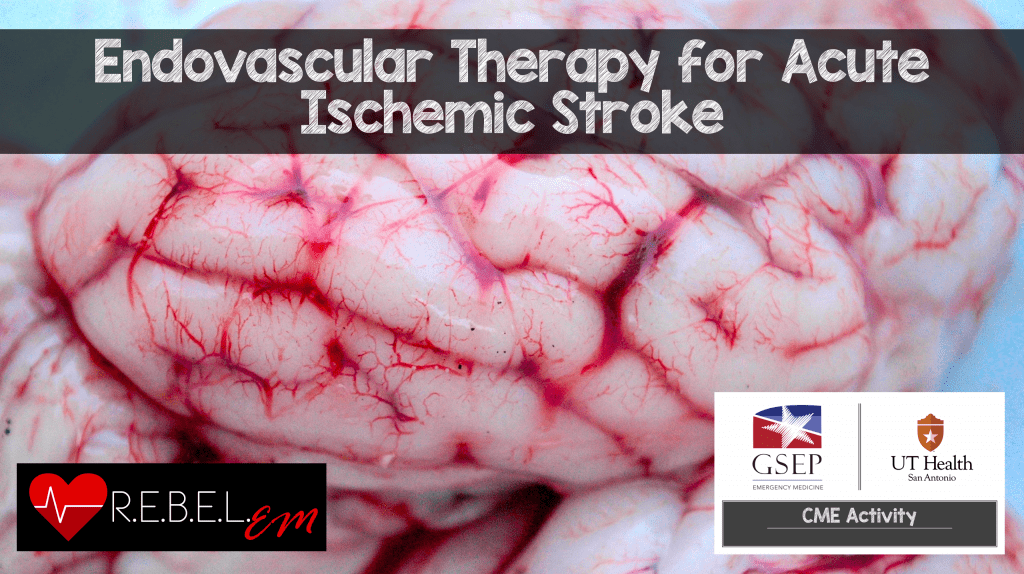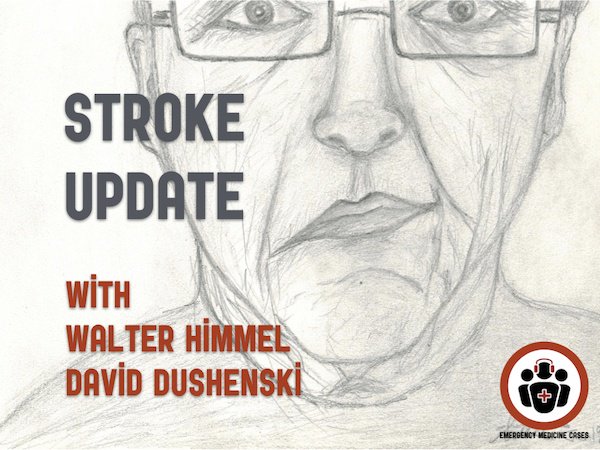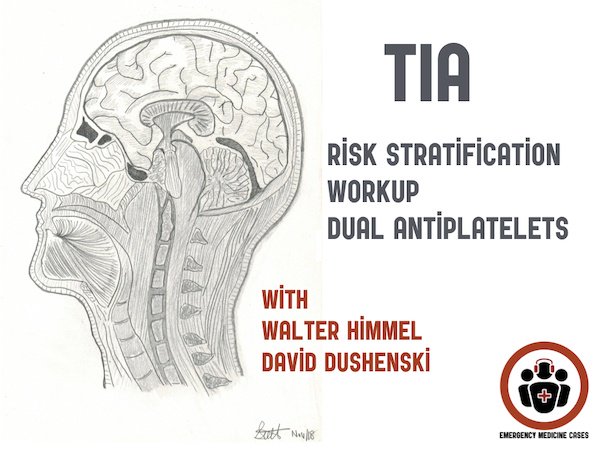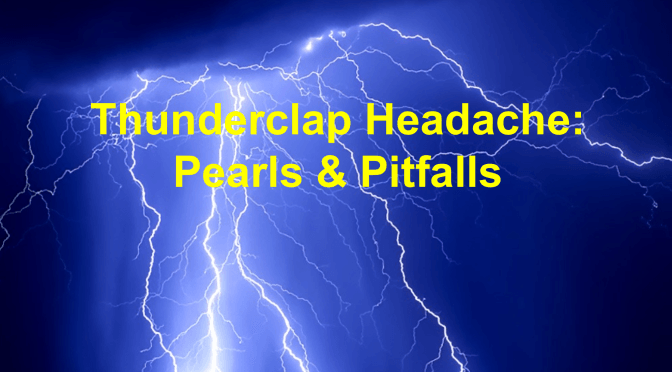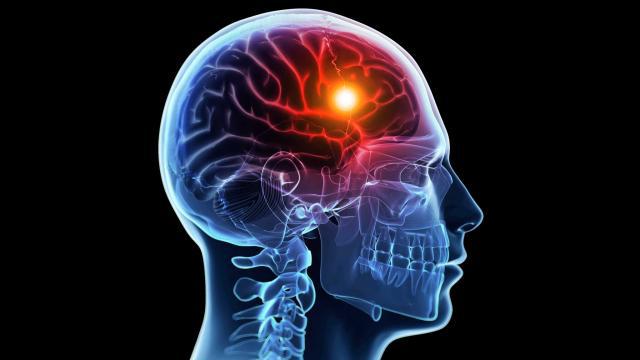R.E.B.E.L. EM – Endovascular Therapy for Acute Ischemic Stroke
There have been many studies evaluating endovascular therapy in the management of ischemic stroke published in the past few years. This post will serve as a review of those studies.
R.E.B.E.L. EM – Endovascular Therapy for Acute Ischemic Stroke Read More »
